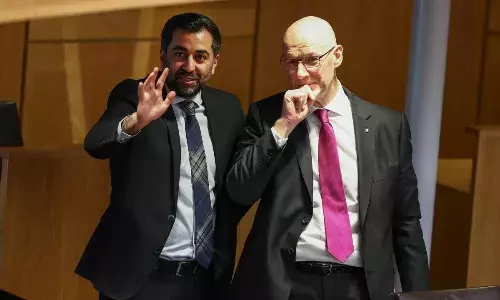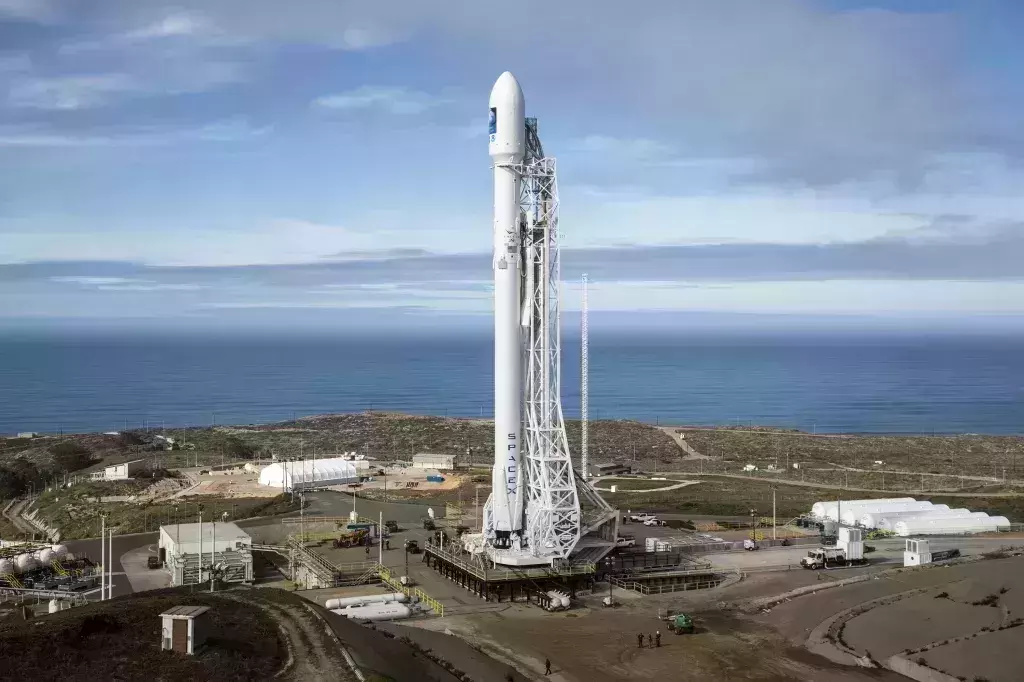
India to use SpaceX's Falcon-9 rocket to launch a heavy satellite
text_fieldsRepresentational Image
New Delhi: The Indian space agency will launch its next generation heavy communications satellite named GSAT-20 on SpaceX’s the Falcon-9 heavy lift launcher in a dedicated Indian mission.
ISRO Chairman S Somanath ISRO said as 'no other rocket was available in time’ India turned to SpaceX, according to NDTV.
This is the first time the Department of Space and Indian Space Research Organization (ISRO) rely on the Falcon-9 heavy lift launcher.
The deal exposes the reality that ISRO still lacks rockets that can lift heavy communication satellites.
New Space India Limited, the commercial arm of ISRO, has signed a contract with SpaceX to launch the satellite in the second quarter of this year.
The deals with Space X marks a shift where India previously depended on France-led European Space Agency’s Arianespace consortium for similar tasks.
India's own rockets are unable to launch very heavy satellites to the geostationary orbit beyond 4 ton class.
While France and Arianespace remain a trusted all weather partner having launched 23 of India’s heavy duty communications satellites.
Meanwhile, India's heaviest rocket called the Bahuballi or the Launch Vehicle Mark 3 is capable of lifting only 4000 kilogram satellites to the geo-stationary orbit.
S Somanath has frequently stressed for building up a heavier rocket called the Next Generation Launch Vehicle (NGLV) to lift up to 10,000 kilograms.
Although already being designed at Vikram Sarabhai Space Center, it will take a few more years to be a reality.


















